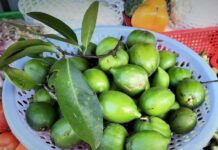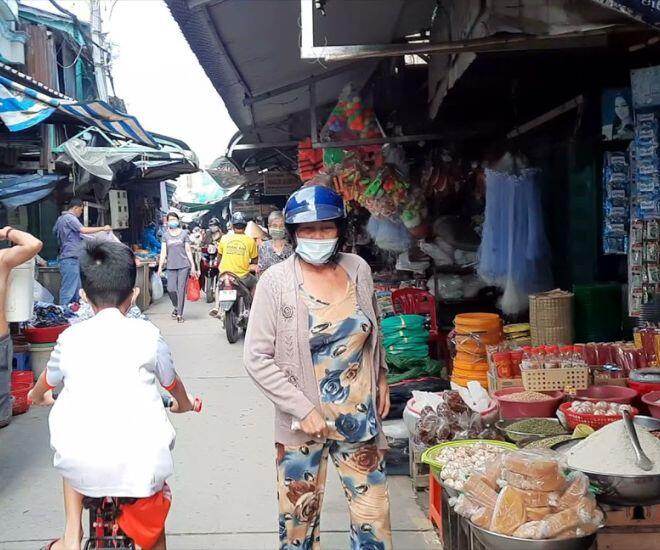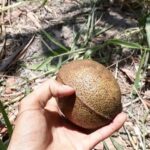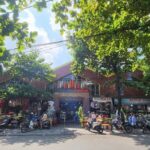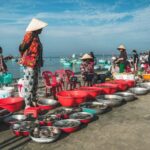A Journey Through Time: The Evolution of Cai Con Market
Nestled in the heart of the Mekong Delta, Cai Con Market has a rich history that dates back to the early 20th century. Oral histories and historical documents alike tell of the market’s origins, rooted in the settlement of the region by Vietnamese and Khmer people.
Strategically located beneath the Cai Con Bridge, which spans the river of the same name, the market has long facilitated trade between neighboring areas.

Initially, the market consisted of boats gathered for trade on the river. Over time, it evolved into a permanent fixture on the riverbank. More than just a place of commerce, Cai Con Market served as a cultural hub and meeting point for the local community. Its history is intertwined with that of French colonial rule and it has endured through various historical periods.
An Lac Thon town, where the market is located, spans an area of approximately 20.16 square kilometers and comprises five hamlets. It was officially established on July 19, 2013, encompassing the entirety of the former An Lac Thon commune. However, the history of this land goes back much further, with the market playing a pivotal role as a vital economic center.
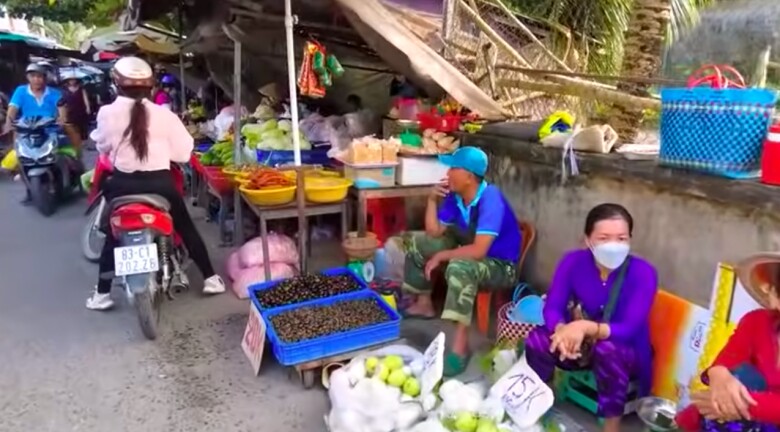
Conveniently situated along the Nam Song Hau road, the market is just 15 kilometers from the bustling city of Soc Trang. This prime location facilitates trade between neighboring districts such as My Xuyen, Chau Thanh, and Long Phu, while also connecting Ke Sach district with other provinces in the region.
The recent completion of the Dai Ngai 2 bridge project is expected to significantly reduce travel time between Soc Trang and Ho Chi Minh City, unlocking new potential for the market’s surrounding area and Ke Sach district as a whole. With improved accessibility, the market is anticipated to attract a greater number of shoppers and tourists, further bolstering the local economy.
A Vibrant Marketplace: A Myriad of Goods and Flavors
Sprawling across an area of approximately 5,000 square meters, Cai Con Market encompasses a main hall and surrounding areas dedicated to street vendors. The market is meticulously organized into specialized sections: fresh seafood, produce, spices and dried goods, culinary delights, and apparel and household items.
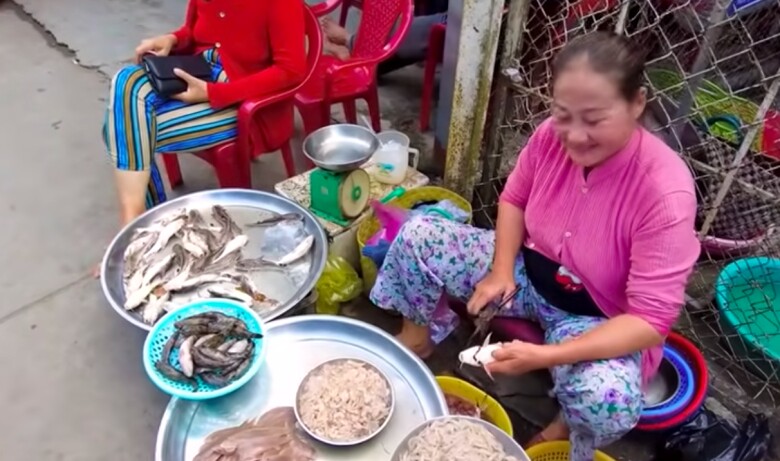
On regular days, the market buzzes with activity from 5 a.m. to 5 p.m., with the peak hours being between 7 and 9 a.m. as locals and tourists alike flock to procure the freshest produce.
Currently, the market accommodates around 120 permanent stalls and over 50 street vendors. It serves approximately 500-700 customers daily, with numbers surging to over 1,000 during holidays and festive seasons. A visit to Cai Con Market offers not just a shopping experience but also an immersion into the vibrant and hospitable spirit of the Mekong Delta, embodied by its traders.
A Treasure Trove of Regional Delicacies
Cai Con Market boasts an impressive array of goods, showcasing the region’s diverse and unique offerings. Visitors are spoiled for choice with a plethora of freshwater catches, including snakehead fish, catfish, loach, green mustached crab, and eel, all sourced directly from the surrounding canals and rivers.
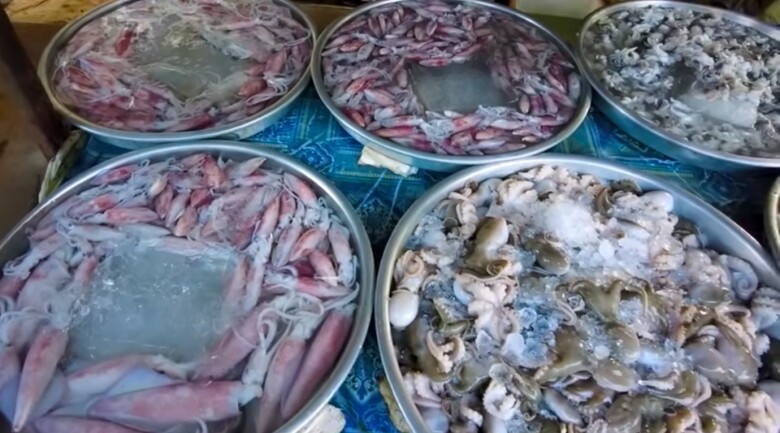
The dried goods section is equally enticing, featuring specialties such as snakehead fish jerky, dried sặc fish, and squid, all naturally sun-dried and imbued with the distinctive flavors of the Mekong Delta. The spice stalls, brimming with a variety of fermented fish sauces and homemade blends, are a must-visit for any culinary enthusiast.
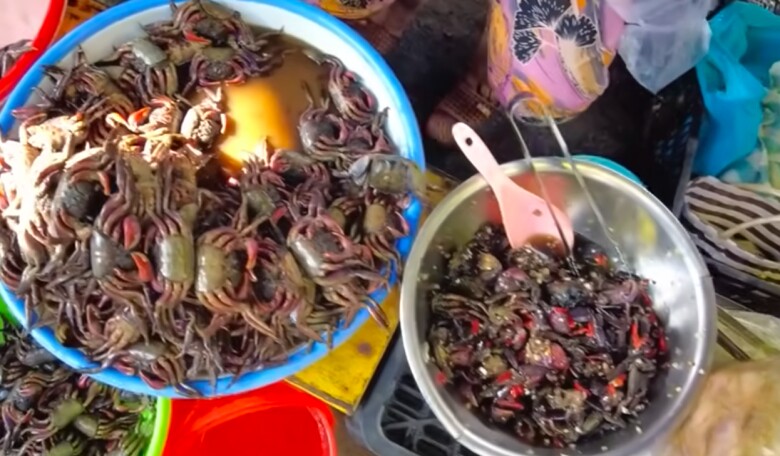
Many visitors from other provinces purchase these distinctive products as gifts for loved ones, eager to share the unique flavors of the region. The market’s allure lies not only in the freshness of its produce but also in the distinctiveness of its offerings, a true reflection of the area’s cultural heritage.
A Culinary Journey: Tastes of the Mekong Delta
Beyond its role as a marketplace, Cai Con Market is renowned for its street food, a celebration of the region’s culinary traditions. Wander through the market, and you’ll be enticed by the aromatic scents of noodle soups like bún nước lèo and hủ tiếu Nam Vang, as well as bánh canh cá lóc and the quintessential lẩu mắm, a flavorful staple of the Mekong Delta.
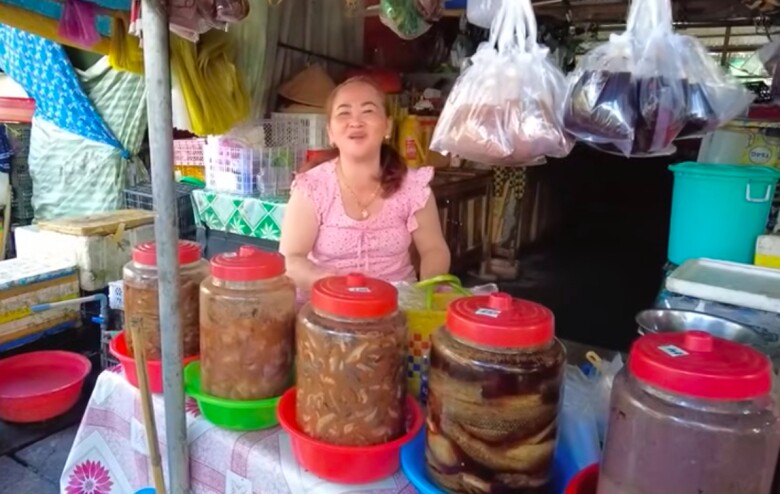
Traditional bakeries also thrive, with stalls selling bánh cam, bánh cuốn cải, bánh tiêu, and bánh xèo attracting long lines of eager customers. The grilled cassava with scallion oil, cooked over glowing coals, has become a signature treat for visitors to the market.
Many of the recipes used by the vendors have been passed down through generations, preserving the authentic flavors of the past. Each day, the culinary stalls at the market serve hundreds of locals and tourists alike, a testament to their enduring popularity.
Challenges and Opportunities
Despite its rich heritage, Cai Con Market faces modern-day challenges. The rise of supermarkets, convenience stores, and e-commerce has impacted the traditional customer base. Additionally, environmental sanitation, food safety, and infrastructure present ongoing concerns for local authorities.
Recognizing these challenges, the local government has embarked on a renovation project for the market, with a budget of approximately 15 billion VND. The project encompasses improvements such as renovating the main hall, upgrading the drainage system, constructing additional restrooms, and providing a dedicated parking area. The goal is to preserve the market’s traditional charm while also meeting modern standards for hygiene, food safety, and consumer demands.
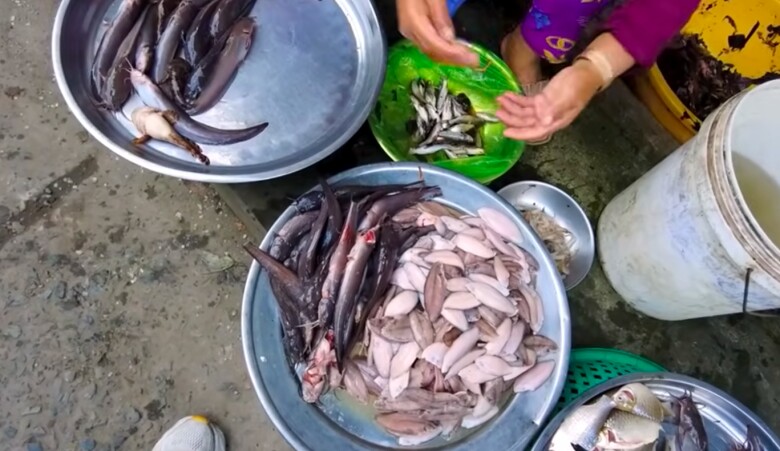
With its advantageous location and the imminent completion of the Dai Ngai 2 bridge, Cai Con Market is poised to become a prominent destination for locals and tourists alike. Additionally, the development of eco-tourism and community-based tourism initiatives in Ke Sach district will further enhance the market’s appeal, solidifying its place as a must-visit attraction in the Mekong Delta region.
Cai Con Market is more than just a commercial hub; it is a cultural icon and the heartbeat of An Lac Thon, Ke Sach, and Soc Trang. With its deep-rooted history and rich cultural and culinary heritage, the market deserves preservation and recognition as a valuable cultural legacy of the vibrant Mekong Delta region.
As time marches on and society evolves, Cai Con Market stands as a testament to the interplay between past and present, tradition and modernity. This enduring quality is perhaps what draws locals and visitors alike to its bustling stalls, making it a beloved symbol of the region’s rich cultural tapestry.
The Ultimate Tropical Escape: Discover the Best of Both Worlds in the Newly Merged Province
The merger of Kien Giang and An Giang provinces will create a tourism powerhouse, boasting a plethora of renowned and alluring attractions. The new province will be a haven for travelers seeking diverse and captivating experiences. From the breathtaking beauty of Phu Quoc Island to the enigmatic Nam Du and Hai Tac archipelagos, and the majestic Cam and Sam mountains, the region offers a wealth of natural wonders and cultural delights.
The Only Floating Market in An Giang: Once a Bustling Hub, Now Quiet Despite Tourist Influx
The Long Xuyen Floating Market is a vibrant and bustling hub located just 2km from the city center. It is a beloved icon of the region, steeped in the rich cultural heritage of the Mekong Delta. This lively market is a testament to the unique and vibrant spirit of Southern Vietnam, offering a glimpse into the traditional way of life along the majestic Mekong River.


















